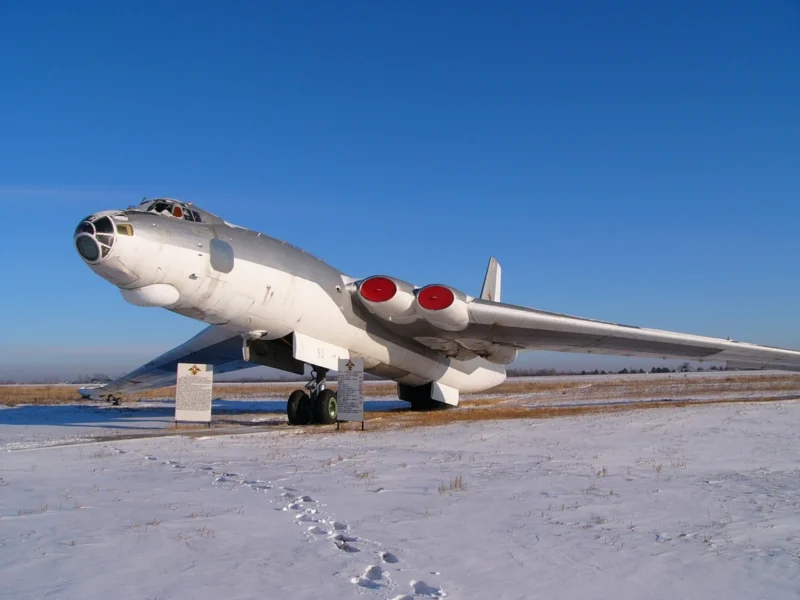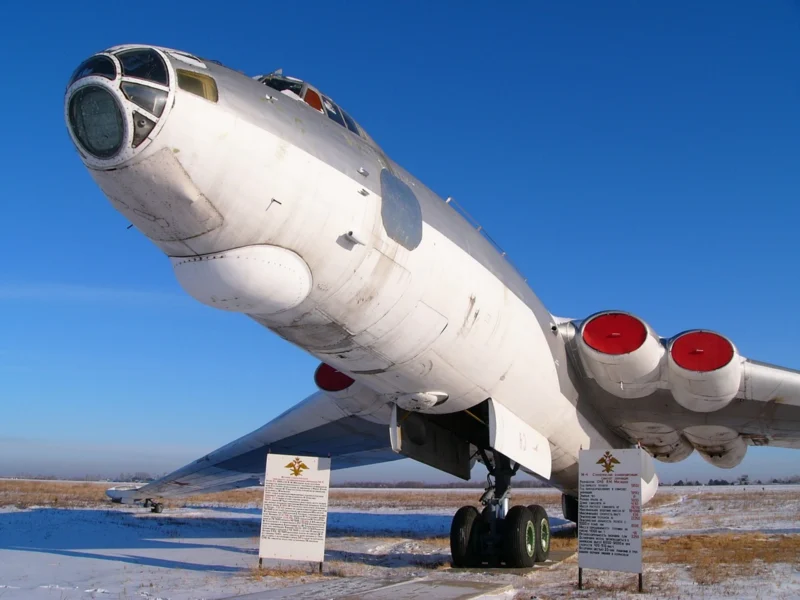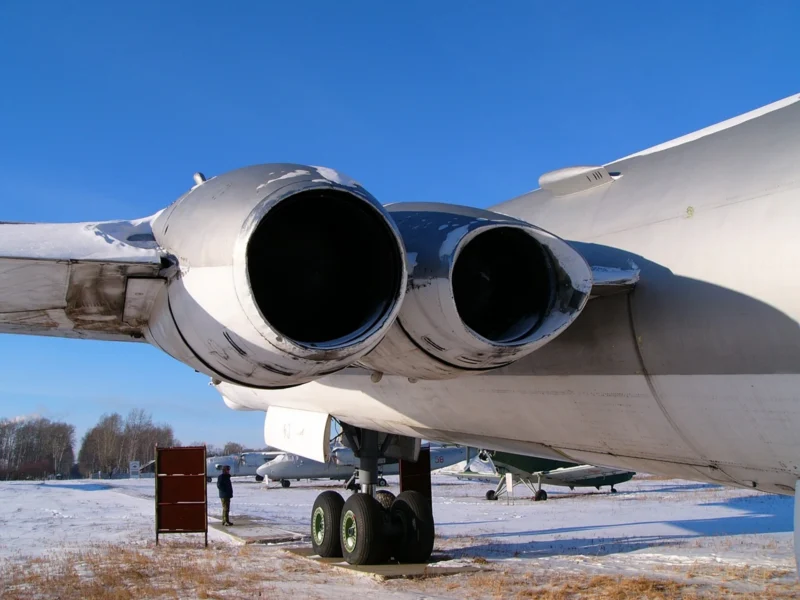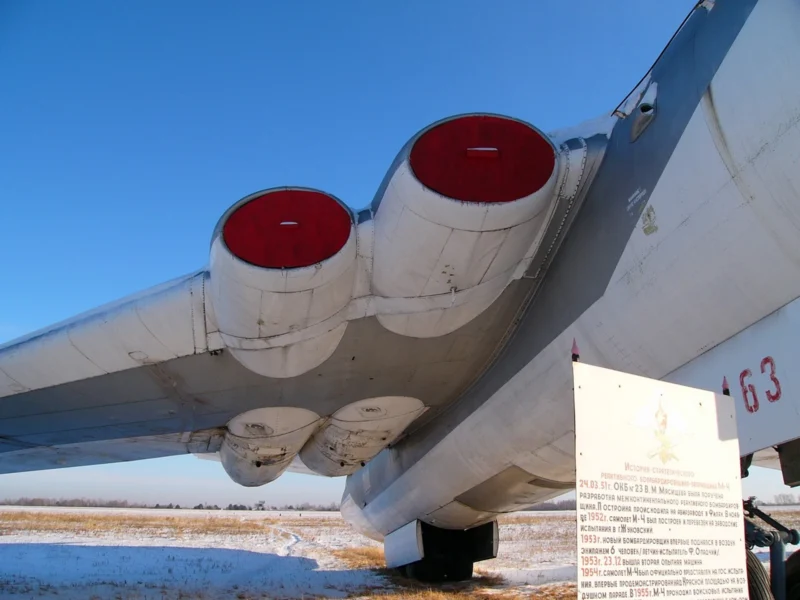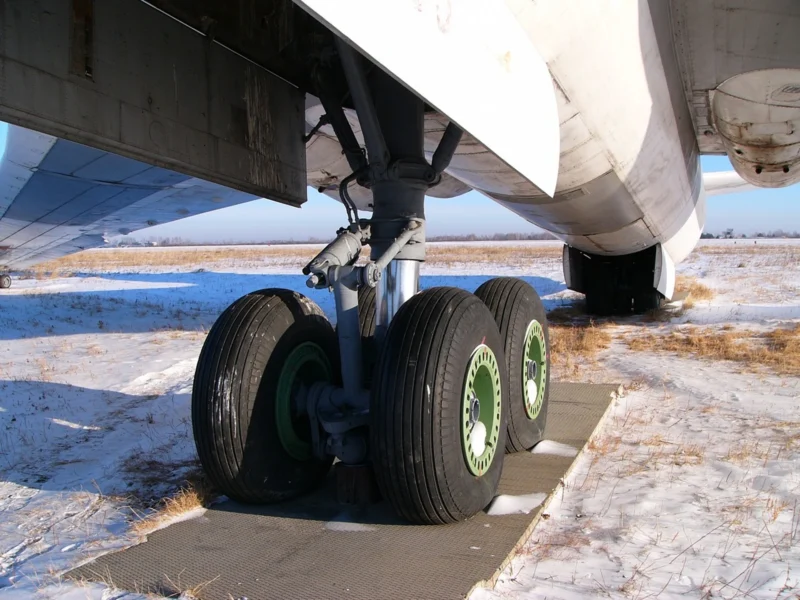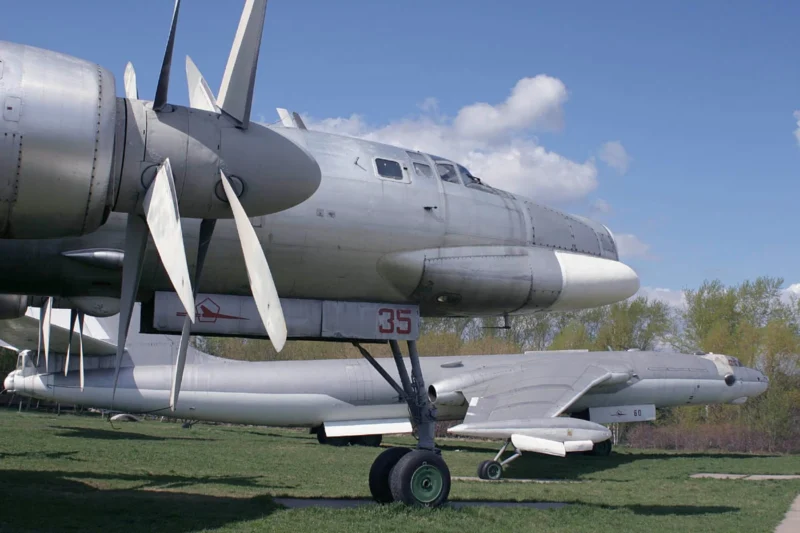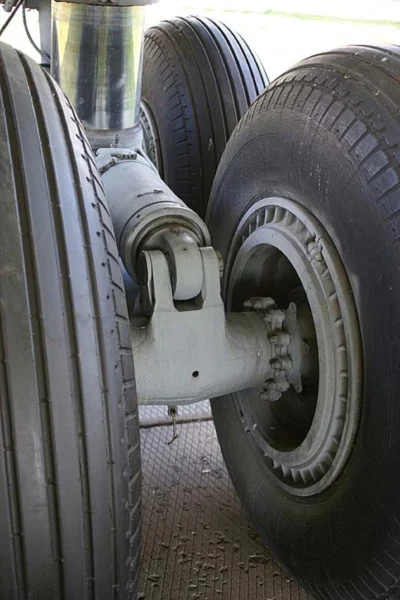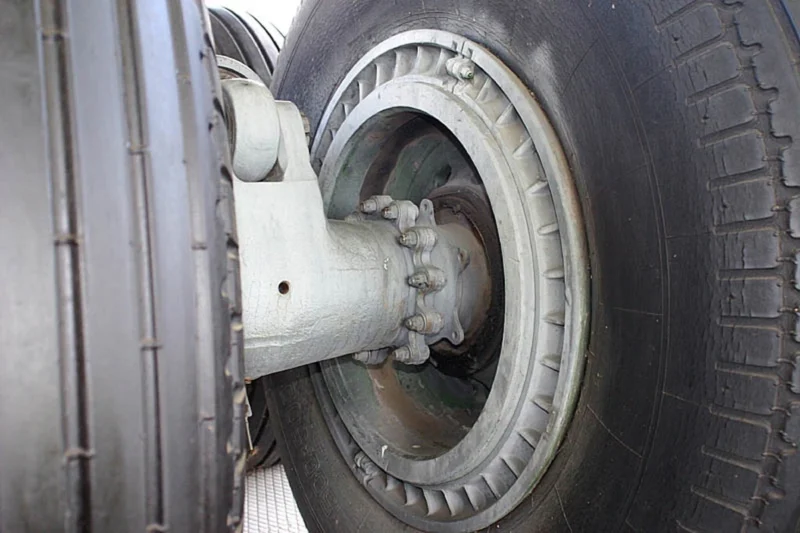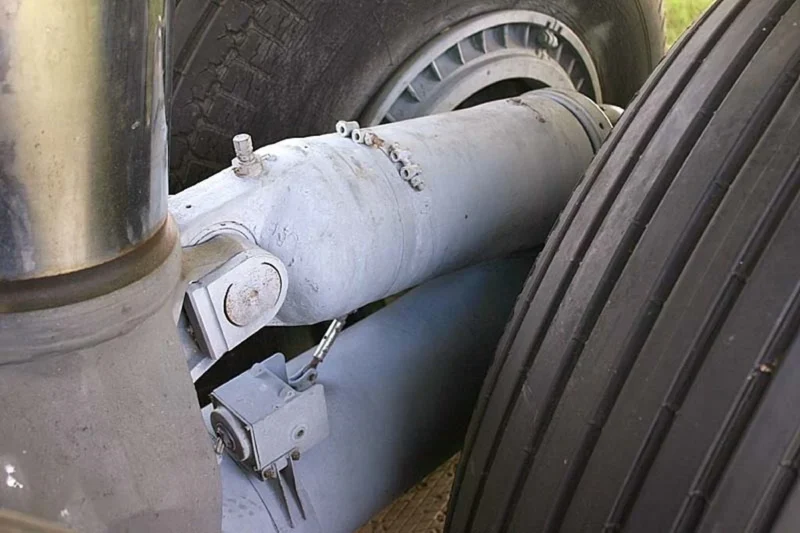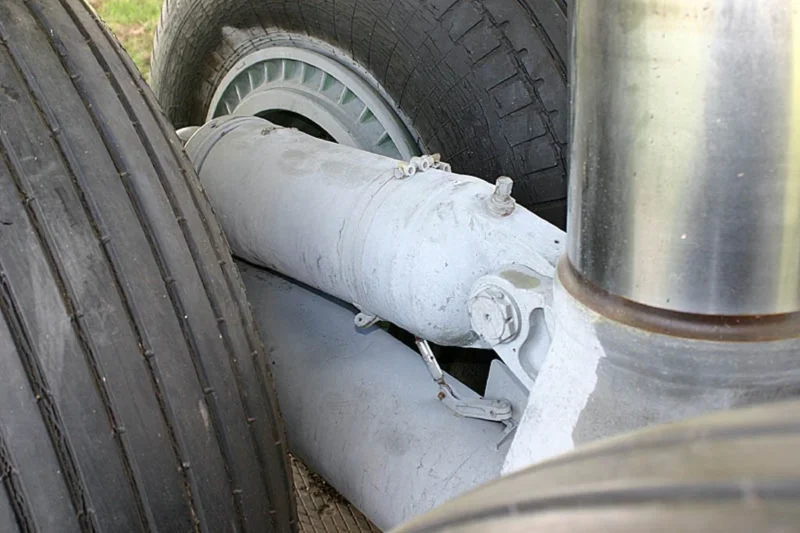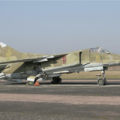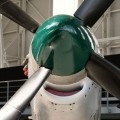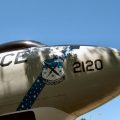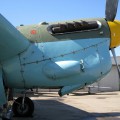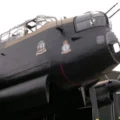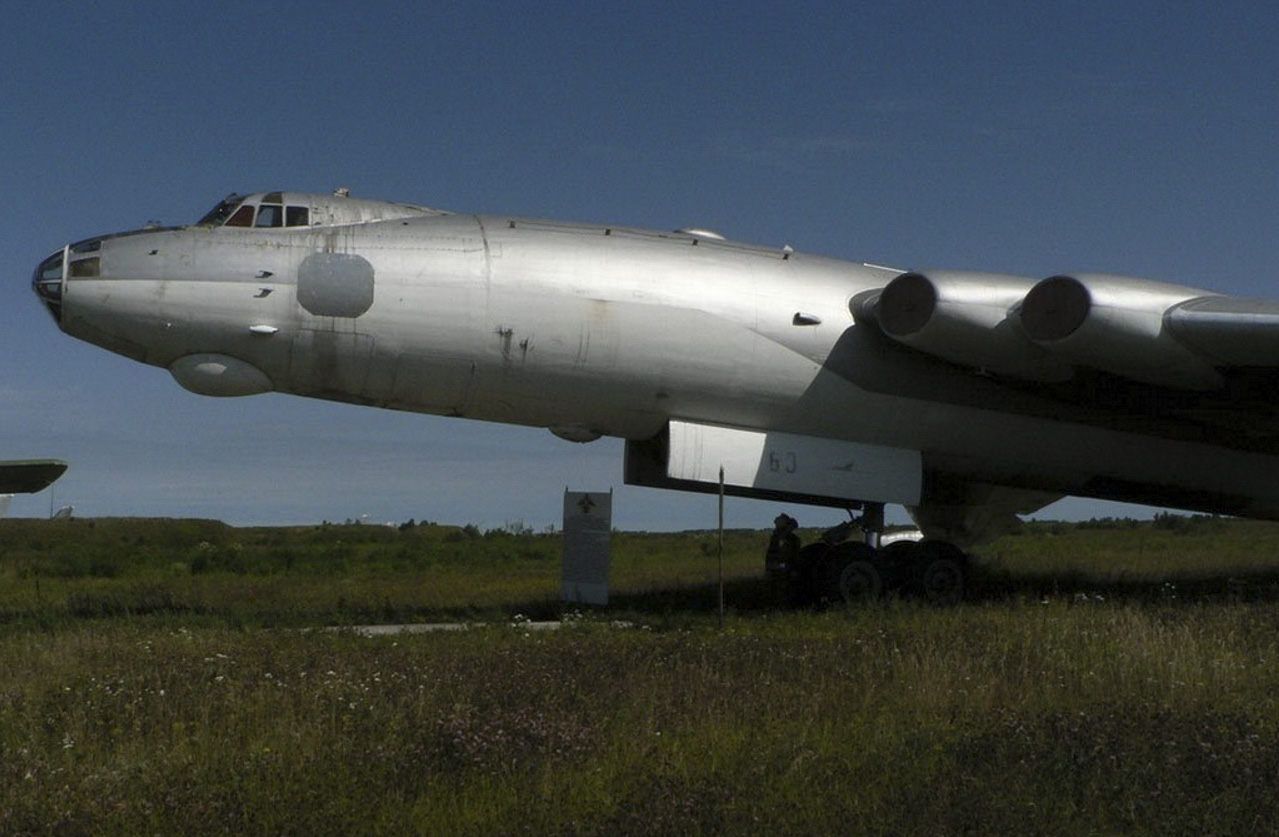
Myasishchev M-4 Bizon | |
|---|---|
| Land | Sovjet-Unie |
| Type | Strategische bommenwerper |
| Eerste vlucht | 20 januari 1953 |
| Gebouwd | 91+2 |
Fotogalerij van een M-4 Bizon, The Myasishchev M-4 Molot (Russian: Молот (Hammer), USAF/DoD reporting name “Type 37”, NATO reporting name Bison) is a four-engined strategic bomber designed by Vladimir Myasishchev and manufactured by the Soviet Union in the 1950s to provide a Long Range Aviation bomber capable of attacking targets in North America. The Myasishchev design bureau was formed to build such a bomber.
Bron: M-4 Bizon op Wiki
| Myasishchev M-4 Bison | |
|---|---|
| Fotograaf | Unknow |
| Lokalisatie | Boris Vasiljev |
| Foto 's | 13 |
| M-4 Bizons lopen rond | |
|---|---|
| Fotograaf | Sergej Tsvetkov |
| Lokalisatie | Dyagilevo vliegbasis, Ryazan, Rusland |
| Foto 's | 29 |
| Myasischev M-4 Walk Around | |
|---|---|
| Fotograaf | Unknow |
| Lokalisatie | Evgenii Malinovskii |
| Foto 's | 31 |
Zie ook:
De Myasishchev M-4 Bizon was a Soviet strategic bomber aircraft designed by Vladimir Myasishchev in the 1950s. It was the first Soviet bomber capable of delivering nuclear weapons to targets in the continental United States. The M-4 had a swept-wing design with four turbojet engines mounted on pylons under the wings. It had a crew of eight and could carry up to 24,000 kg of bombs or missiles.
De M-4 entered service in 1956 and was initially deployed in bomber regiments along the Soviet borders. However, it soon became apparent that the M-4 had limited range and payload compared to its American counterparts, such as the B-52 Stratofortress. The M-4 was also vulnerable to interception by fighter jets and surface-to-air missiles. As a result, the M-4 was gradually replaced by more advanced bombers, such as the Tupolev Tu-95 Bear and the Tupolev Tu-16 Badger. The M-4 was retired from service in 1994 and only a few examples remain in museums today.
Bekeken: 2299

